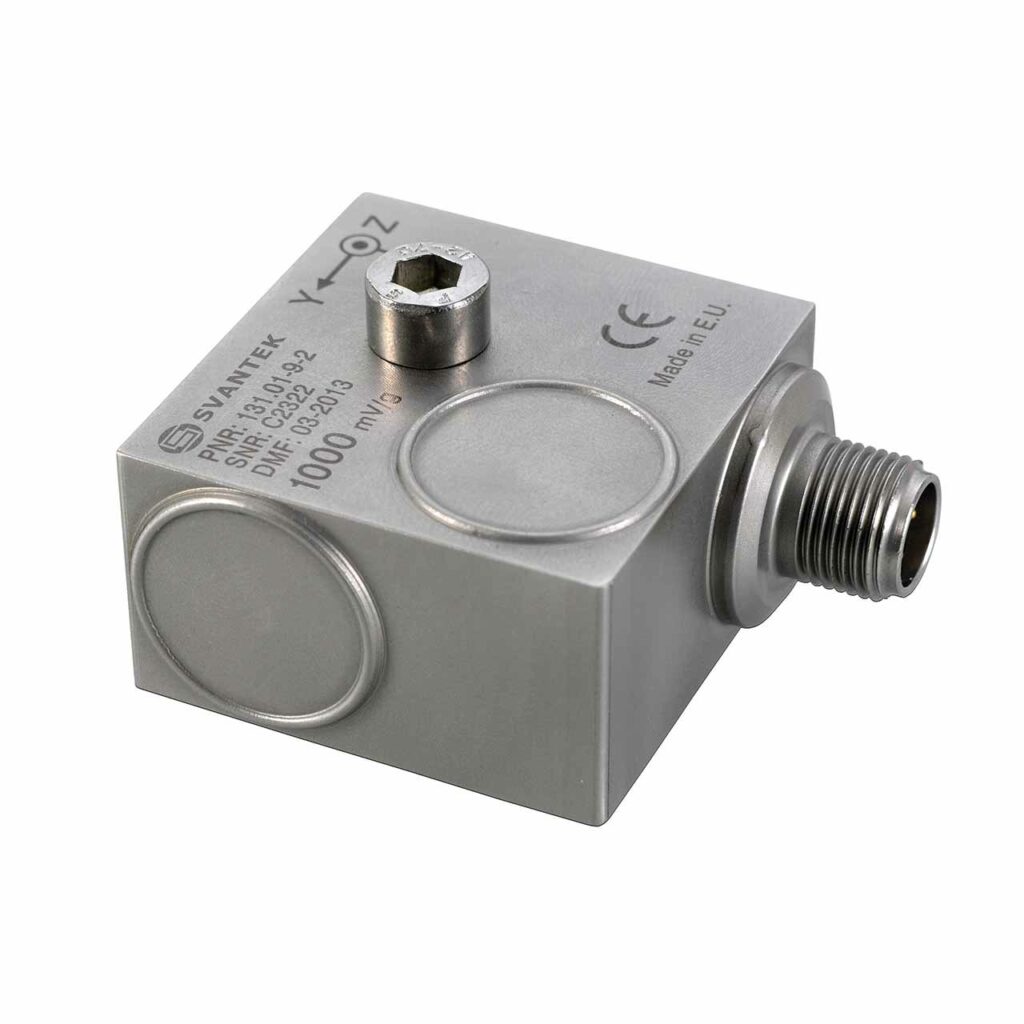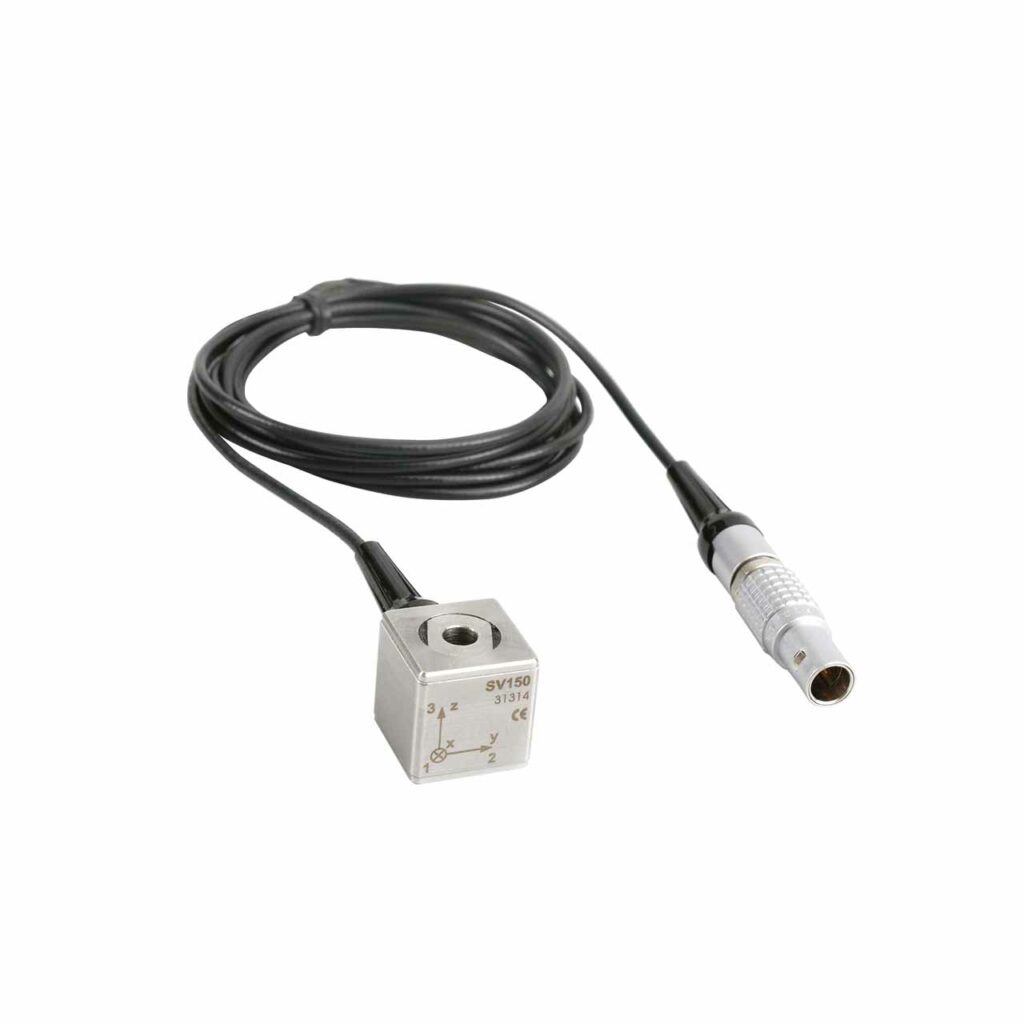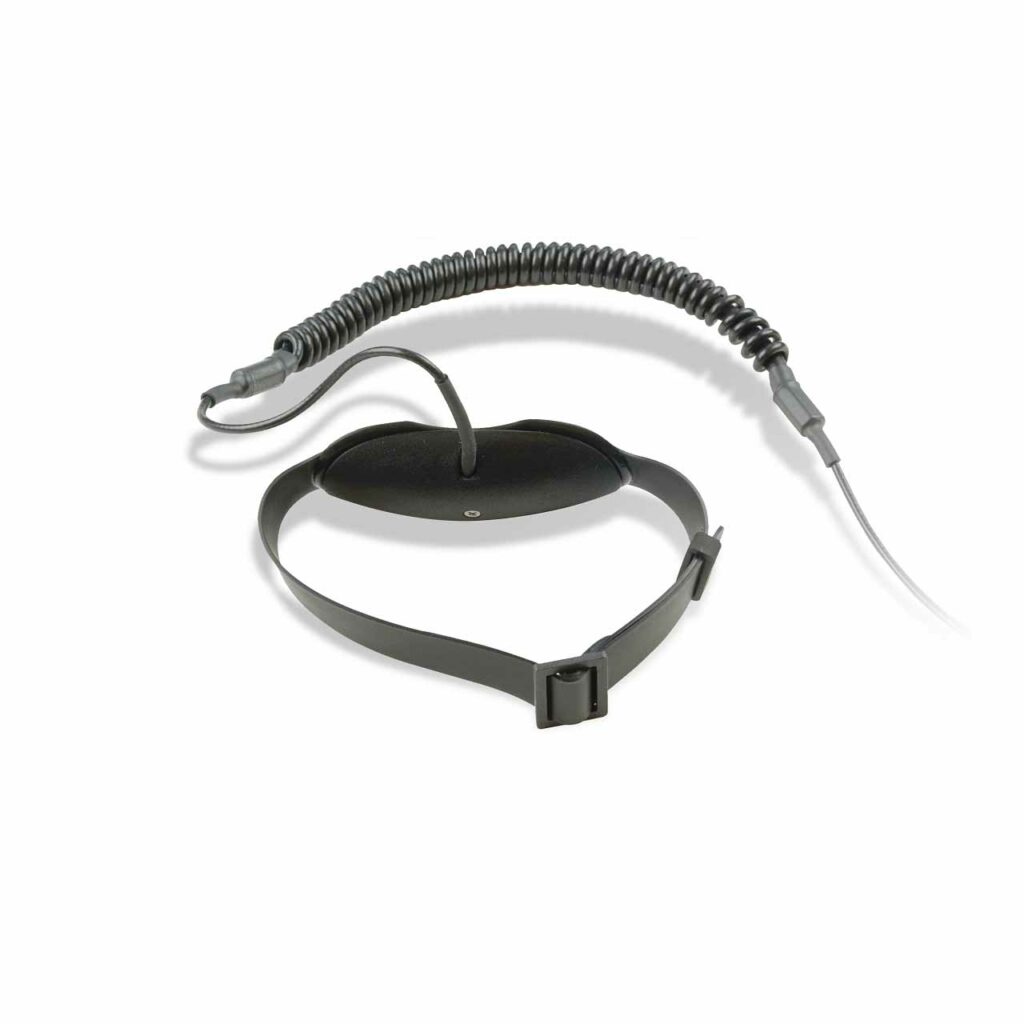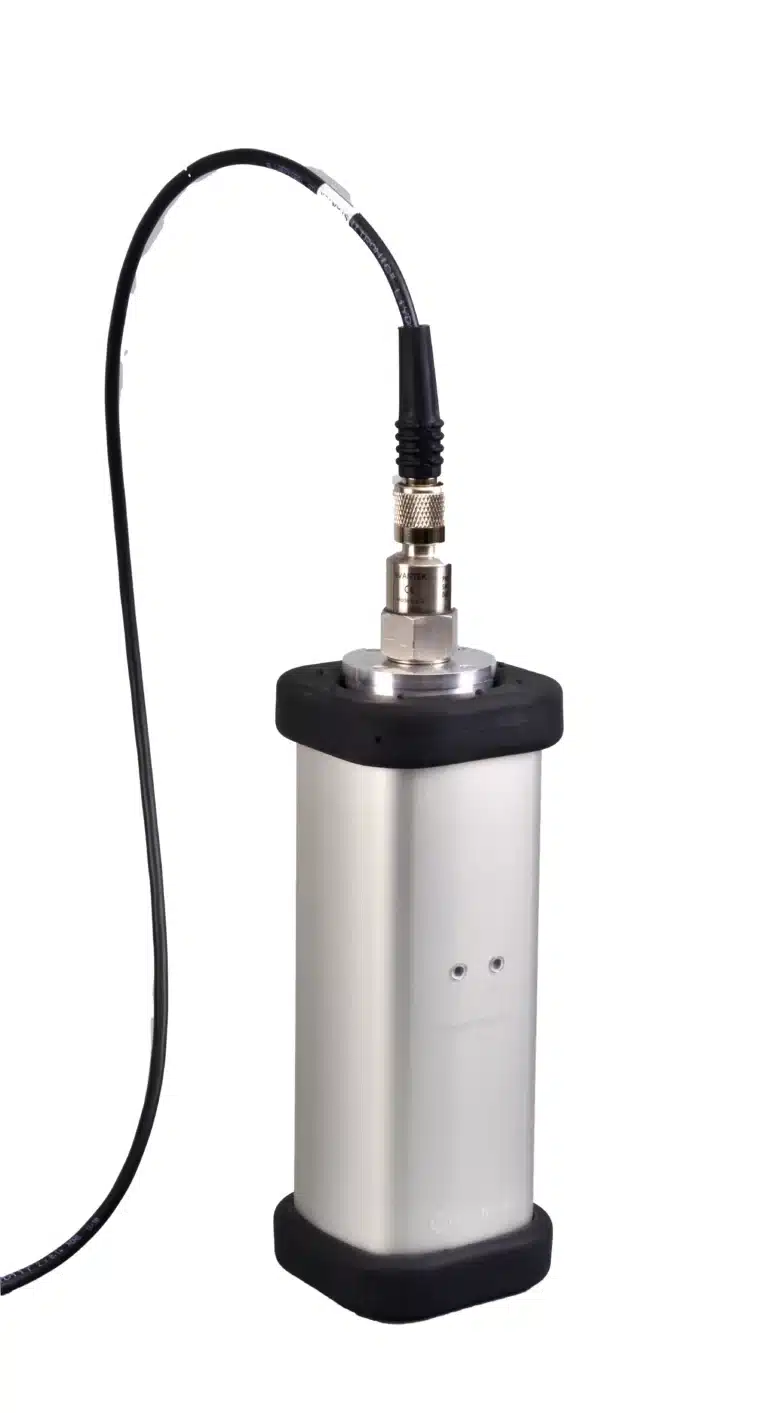Accelerometers: A comprehensive guide to applications and techniques in vibration measurements
Accelerometers are essential transducers used to measure vibration and acceleration in various applications, including automotive safety, consumer electronics, and industrial machinery. This guide covers the selection, mounting, calibration, data collection, and analysis techniques necessary to effectively use accelerometers for precise vibration measurements.





